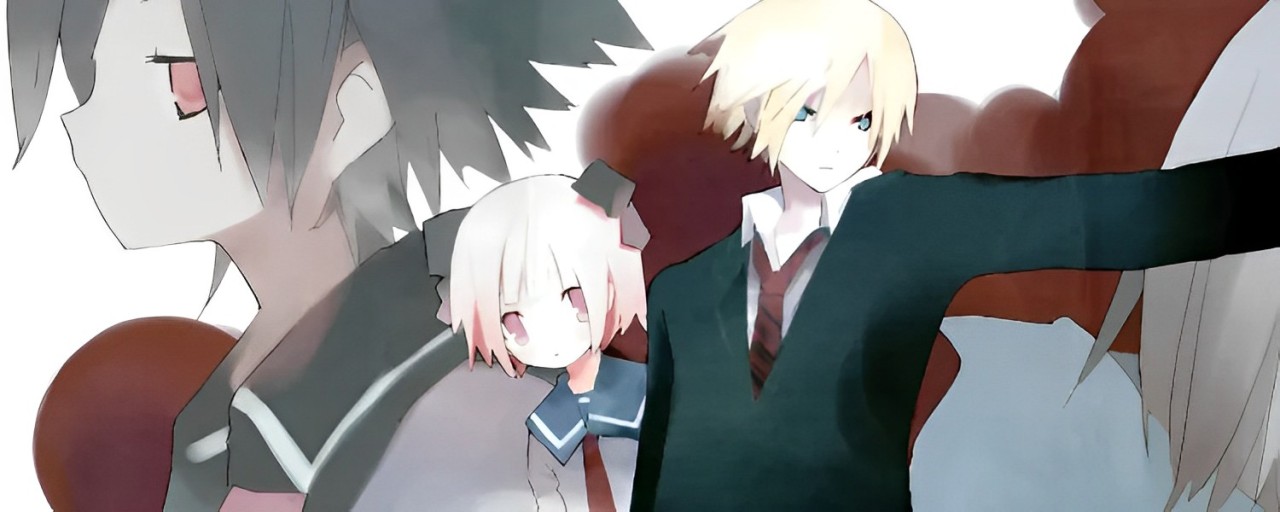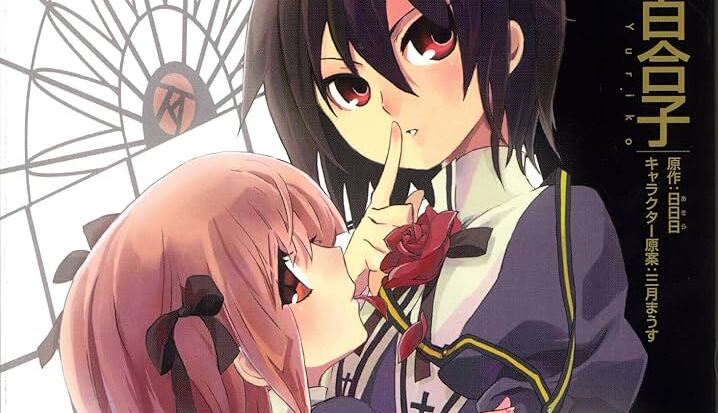Is Mushi to Medama Worth Reading?
Mushi to Medama to Teddy Bear (also known as “Bug, Eyeball, and Teddy Bear”) is a unique manga that combines elements of horror, mystery, and supernatural drama. If you are wondering, “Is Mushi to Medama Worth Reading?”, this review will delve into its key aspects. Written and illustrated by Akira, the story revolves around Usagawa Rinne, a normal high school girl whose life takes a dark turn when she is killed and then mysteriously revived (DTO) (Manhuahot).
Plot Overview
The story begins with Rinne enjoying her everyday life with her boyfriend, Sakaki Guryuu. However, their peaceful existence shatters when Rinne is brutally murdered by a girl named Gankyuu Eguriko. Shockingly, Rinne revives as if nothing happened, and Eguriko speaks of a mysterious “Eden’s Apple” that is central to the unfolding plot (Batoto). As the narrative progresses, more dark secrets unfold, leading Rinne and Sakaki into a deeper mystery involving supernatural forces and moral dilemmas.
Unique Elements
Mushi to Medama to Teddy Bear is not your typical horror manga. It delves into deep psychological themes and supernatural elements, providing a thought-provoking narrative. The story’s blend of horror and supernatural mystery keeps readers on edge. The manga also explores themes of life, death, and moral dilemmas, adding layers of complexity to the narrative (DTO). The interplay between the mundane and the supernatural is a recurring motif, making readers question the boundaries of reality within the story.
Character Development
The characters in the series are well-developed and multifaceted. Rinne, as the protagonist, undergoes significant growth as she grapples with her new reality. Sakaki, her boyfriend, also plays a crucial role, providing emotional depth and supporting Rinne through her transformations. Gankyuu Eguriko, the enigmatic antagonist, adds intrigue and suspense to the story (Manhuahot). Additionally, secondary characters, each with their own backstories and motivations, enrich the plot and provide various perspectives on the central themes.

Visual Style
The artwork by Akira is another highlight of the series. The illustrations are detailed and effectively convey the eerie and unsettling atmosphere of the story. The visual style enhances the horror elements, making the scenes more impactful and memorable. The contrast between the ordinary school life and the horrifying supernatural events is stark, amplifying the tension and suspense throughout the series (Manhuahot).
Themes and Motifs
The manga explores several profound themes, including the fragility of life, the nature of evil, and the quest for immortality. The “Eden’s Apple” symbolizes the temptation and consequences of seeking forbidden knowledge. This recurring symbol adds depth to the narrative, making readers ponder the ethical implications of the characters’ actions. The psychological exploration of fear and the human response to trauma are also central to the story, providing a rich, multi-layered reading experience (Manhuahot).
Reception and Recommendations
The manga has received mixed reviews. Some readers praise its unique plot and character development, while others find the story’s complexity challenging to follow. However, if you enjoy manga that offers more than superficial scares and dives deep into psychological and supernatural themes, Mushi to Medama to Teddy Bear is worth reading (Batoto) (Manhuahot). The manga’s ability to provoke thought and elicit emotional responses from its readers sets it apart from typical genre fare.
In conclusion, Mushi to Medama to Teddy Bear is a compelling read for fans of horror and supernatural genres. Its unique storyline, well-developed characters, and captivating artwork make it a standout series. Blinkanime recommends giving it a try if you are looking for a manga that combines horror with deep, thought-provoking themes.
Sources:


